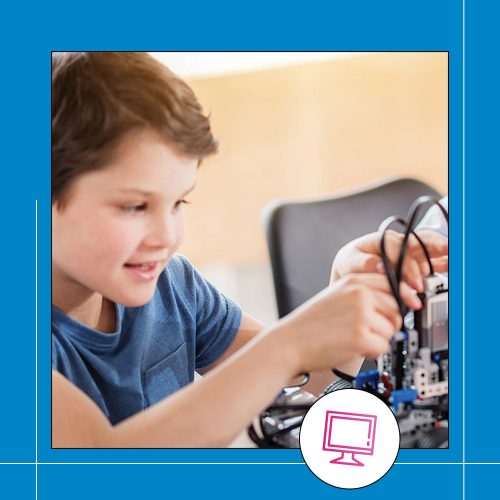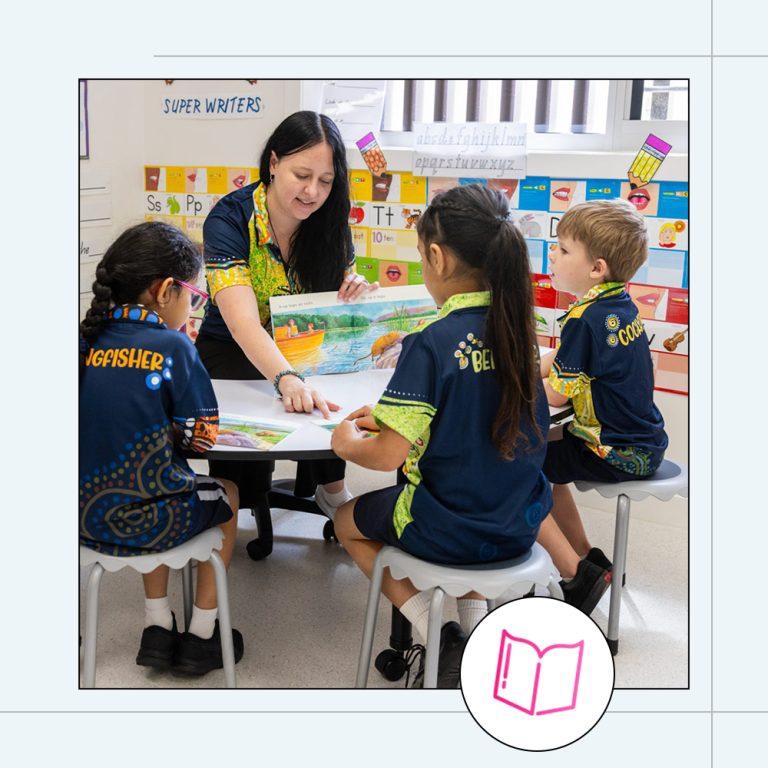In today’s world, curiosity plays such an important but underappreciated role. Having an intense desire to know or to learn something might sound like it’s less important than the actual act of learning that thing, but curiosity really is key to the learning process — not just in the present, but for lifelong learning. For this reason, it’s well worth knowing how to leverage curiosity to enable lifelong learning. But how can you make this happen? How can you cultivate curiosity for lifelong learning? Let’s discuss.
Why Is Curiosity Important?
Curiosity matters so much. Not only does it allow you to learn new things, but it also improves the physical makeup of your brain. You see, the brain is like a muscle, and as such, it needs to be exercised. The more it’s exercised, the stronger and more powerful it becomes. Curiosity has the power to do this, and several other things, as well. Below are just a handful of the different benefits of curiosity in learning and work performance.
Memory
First and foremost, curiosity can improve memory. The reasoning is twofold. First, you’re wanting to learn something, which leads to an increase in knowledge, which leads to a fuller memory. Second, curiosity is a mental exercise that stretches and flexes your brain, making it stronger and more equipped to handle more memories. Experts believe that feelings of curiosity put the brain in a state of mind that is more receptive to knowledge. In other words, more curiosity results in greater recollection. The greater your curiosity, the greater your memory.
Prior Knowledge
Just as there is a relationship between curiosity and memory, there is also a connection between curiosity and the recollection of prior knowledge. Experts presume that learning is enhanced when you’re curious about the information, which then boosts learning based on one’s prior knowledge. In other words, it’s a feedback loop of sorts: the desire to learn digs up what’s been learned in the past which then puts you in the headspace to learn even more.
Reward and Pleasure
Learning and Understanding
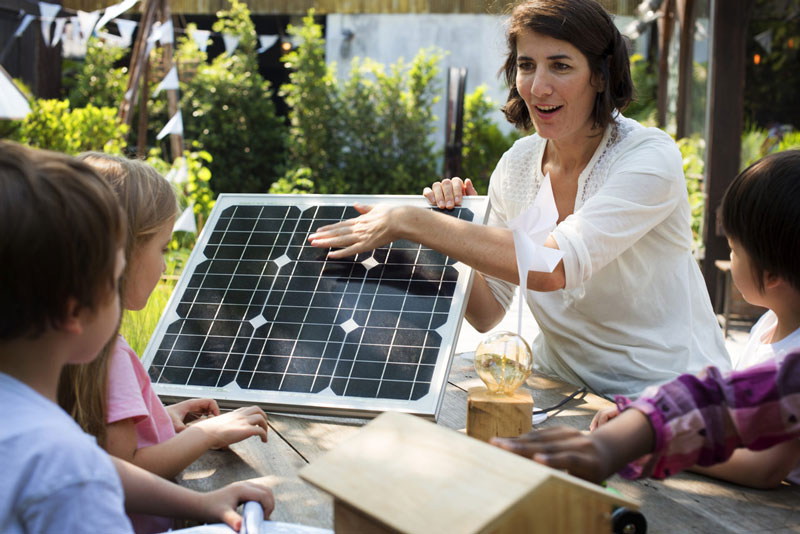
How Curiosity Translates to Long-Term Goals
How to Cultivate Curiosity
Use Your Physical Space
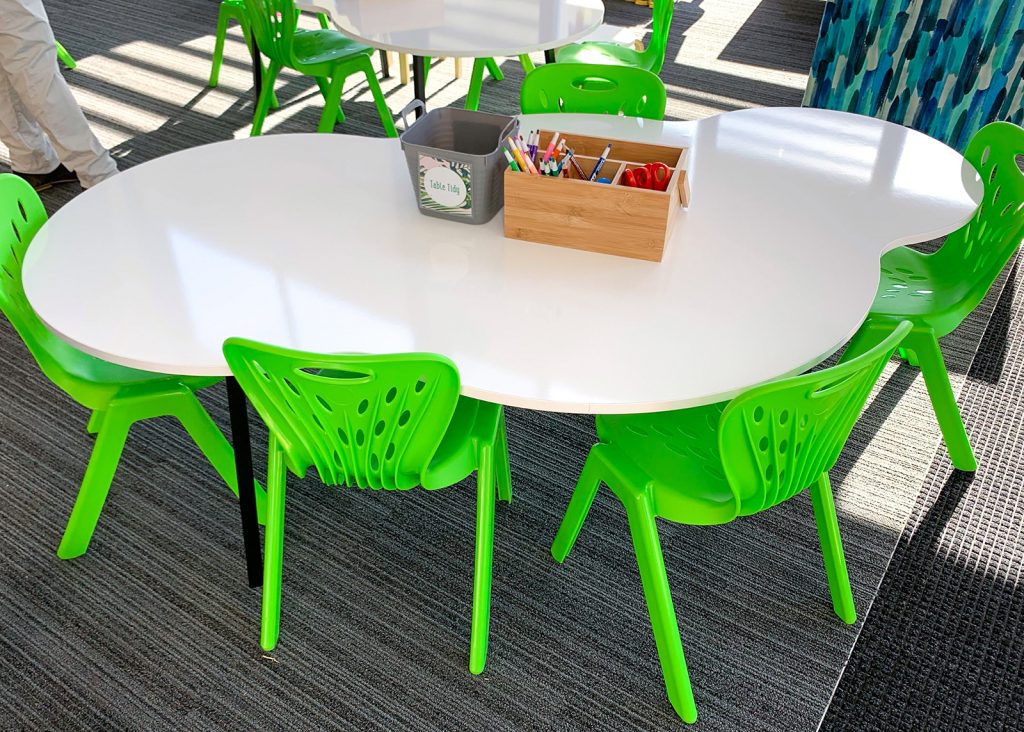
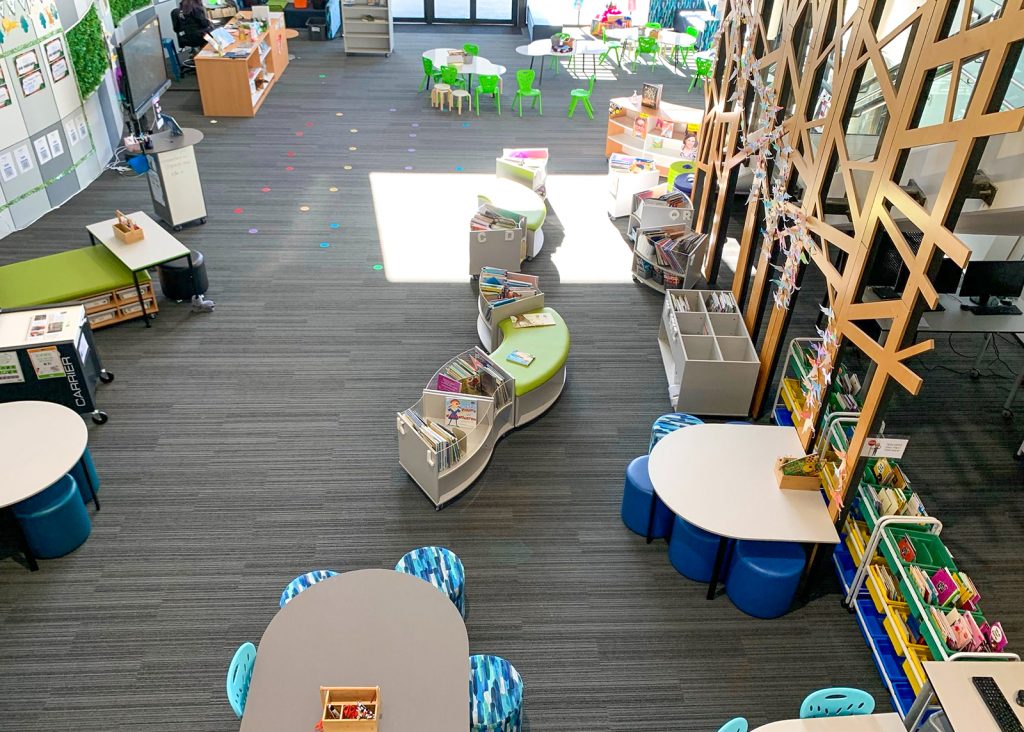
Use Products That Trigger or Support Curiosity
Use Products That Provide a Safe Feeling
Be Creative
Collaborate
The Bottom Line: Cultivating Curiosity for Lifelong Learning
Curiosity is an essential part of the lifelong learning process. For this reason, it’s key to have the right kind of products and furniture to help cultivate that curiosity. If you’re looking for these kinds of products and furniture to bring curiosity to your creative, educational, or professional space, look no further than BFX Furniture. From desks to chairs to storage solutions, BFX has all you need to cultivate curiosity for a lifetime of learning.


